"Did you build it?” is, by far, the question I am most asked when someone sees me with one of my boats whether I’m in the back yard, at the ramp, or on the water. I can’t help but feel a bit of pride when I can reply that I did. So, it has surprised me that I’ve taken great interest in refinishing the Piccolo lapstrake canoe I was given, unexpectedly by strangers, this past summer. I’ve only taken it out paddling three times, each in an out-of-the-way place. No one has asked me “the question,” but that time will come, and I’ll have to say “No.” I’ve been uncomfortable imagining how less satisfying those exchanges might be.
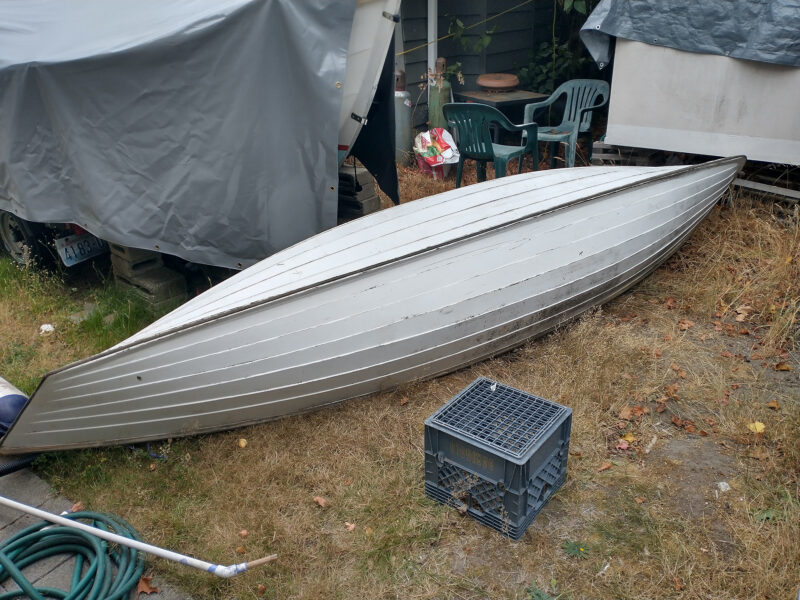
The Piccolo showed no signs of hard use but it was showing its age with the gloss of its paint and varnish long gone.
I have not found out who built the Piccolo. Kelley and Samantha, the couple who gave it to me, got it from Rob, who had bought a 1970 Newport sailboat and the canoe came with it. He wanted a kayak instead and gave the canoe to Kelley.
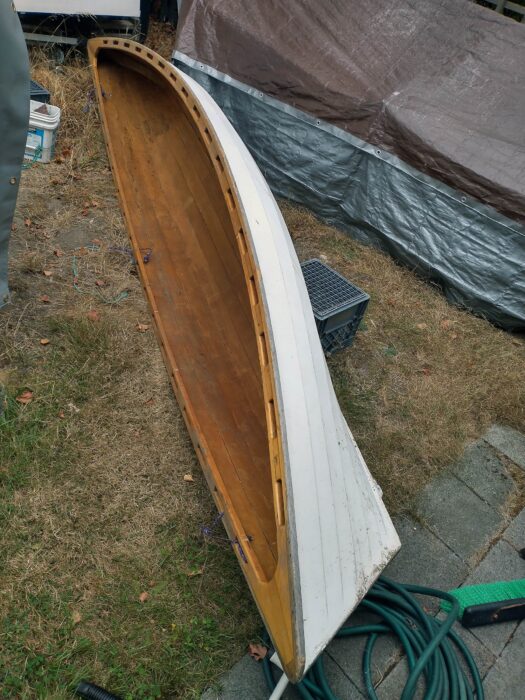
The bright-finished interior showed that much of the plywood had been stained by age. The outwale had lost almost all of its varnish.
When I decided to refinish the canoe, I began to learn a bit about the builder, and even to like him, whoever he was.
John, as I’ll call him here, built the canoe from scratch. The Piccolo was designed by Bob Baker for traditional construction: 1⁄4″ cedar planks on steam-bent frames with breasthooks cut from grown crooks. John went the glued-lap-plywood route and may have been guided, as I was when I built my 18′ lapstrake canoe in the late ’80s, by Tom Hill’s Ultralight Boatbuilding. He would have lofted the boat from Baker’s offsets and, after he set the molds up, lined off the seven strakes with battens. It’s not an easy task getting the plank widths right and the curve of the laps fair. When I did it for my canoe, I had to use large mirrors hung on the basement walls to get a line of sight along the battens to adjust them. At first glance the Piccolo’s planking looked fine, but on both ends the third broadstrake flares a bit and pinches the fourth. It’s a minor complaint, and if the Piccolo was John’s first boat, he did well.
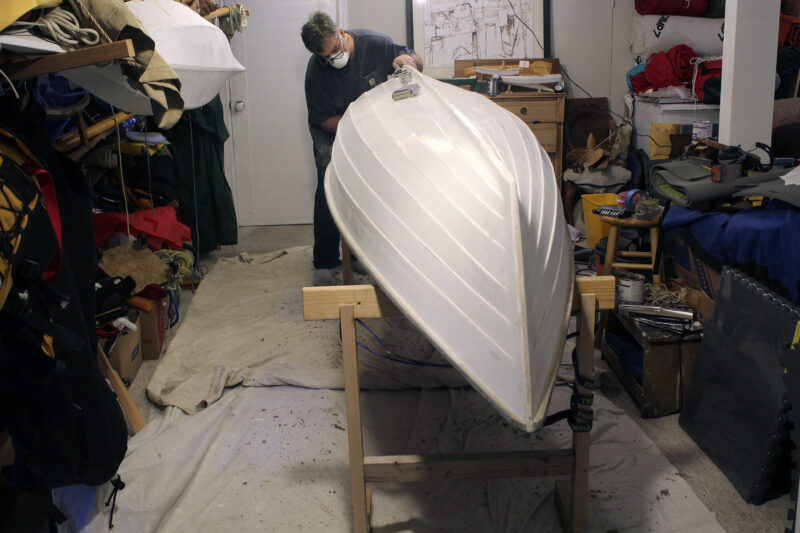
The planks were lined off with fair curves, but their spacing at the ends was not quite on target.
Without the leg up provided by a kit’s computer-generated, precut parts, he would have had to spile the planks to get their shapes from the battens, another traditional boatbuilding skill that takes patience to do well. When I sanded the hull, I saw the telltale feathered glue lines of scarf joints John had made to get the full-length plywood blanks for the planks. He had done the joints properly and they were smooth on both sides of the planks.
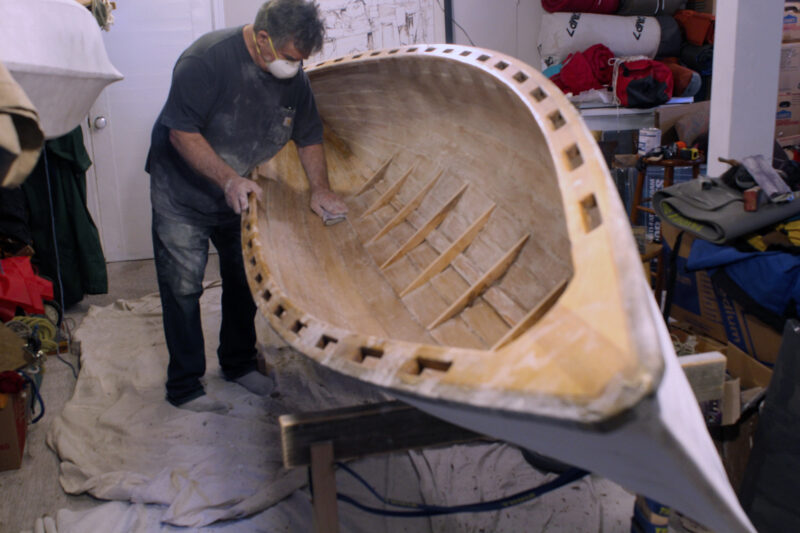
Before I started refinishing the Piccolo, I installed seven floor timbers to brace the bottom of the hull and support a pair of floorboards.
In theory, it should be simple to make a symmetrical hull by duplicating planks, one on top of the other, before separating them to put them on the building form. When I added seven floor timbers to the Piccolo to support a set of floorboards, I noticed that there were differences port and starboard. The starboard garboard, for instance was 1⁄8″ wider than its port-side mate. I had a similar problem planking my Whitehall: the steam-bent plank keel had a slight twist in it and I had to spile the port and starboard garboards separately to accommodate the asymmetry.
And the bevels on the Piccolo’s stems weren’t quite right. The angle between them wasn’t as acute as it should have been to get the plank ends to lie flat. John had had to force the hood ends home, and the planks hook into the stems with a slight bulge. I’d built a few boats before I realized that curving a fairing batten past the stems can create that problem. The planks have nothing to hold them curved to the bitter end, so the lofting batten should be allowed to run straight after it passes the stem, rather than being made to curve.
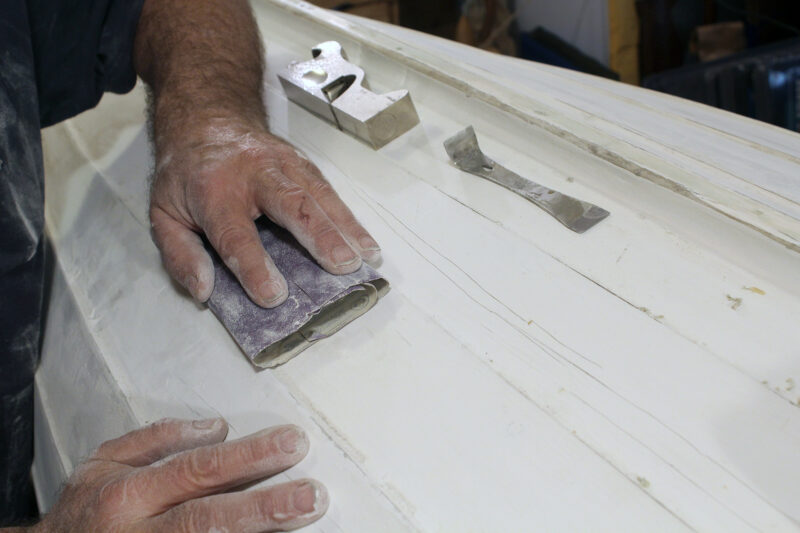
Sanding the Piccolo gave me an opportunity to better appreciate the canoe and its builder. I used the rabbet plane and the scraper to remove loose epoxy from the underside of the outwale.
I spent several hours sanding the Piccolo and as I studied and ran my hands over the work John had done, the signs of the struggles he’d had were all very familiar. I don’t know why he stopped working on the canoe when he had the hull finished. He had done all the most challenging work—lofting, lining off, spiling, scarfing, cutting bevels and gains on the planks—and he had done it well enough to pass muster with anyone who has built a boat. With my first boats, I thought finishing the hull must be the halfway point or even a bit more, but I eventually learned it was close to the one-third mark, if that. Baker designed the Piccolo with a cat-ketch lugsail rig, backrest, footrest, and a rudder with tiller, yoke, and foot-pedal steering options. John may have realized that completing the boat to the plans was more than he wanted or needed to do.
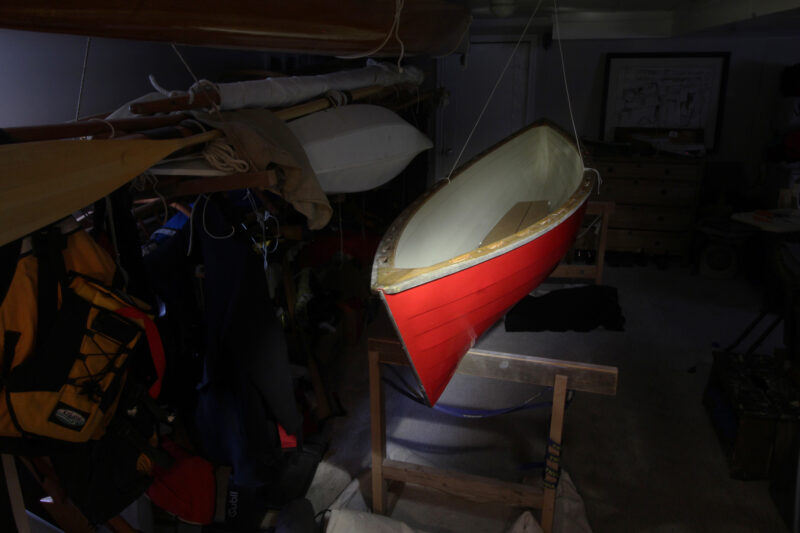
The Piccolo is in my basement getting some long overdue attention.
John’s Piccolo doesn’t have a builder’s plate. He let the canoe go without his name and without a name of its own. I don’t know how many years and how many hands it had passed through, and I wonder if those who owned it thought of it as just a wooden canoe. It has become more than that to me. John left his mark on the Piccolo, enough for me to regard him as someone I would recognize, even admire. When people ask me if I built the canoe, I’ll have to say “No,” but I might add, “A friend did.”![]()

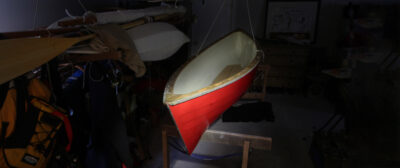
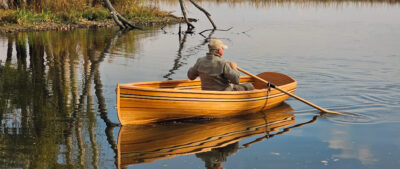
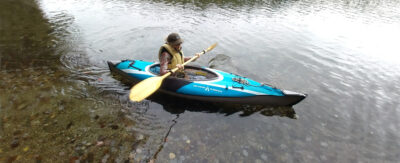
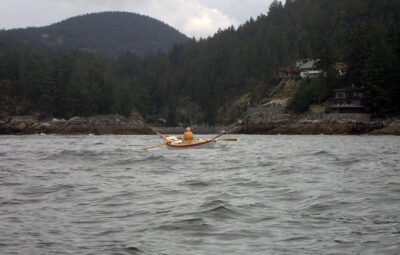
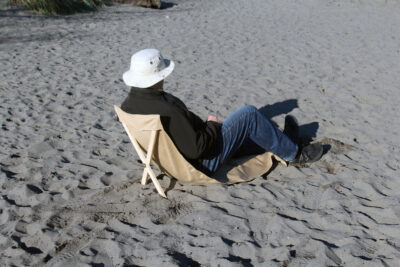


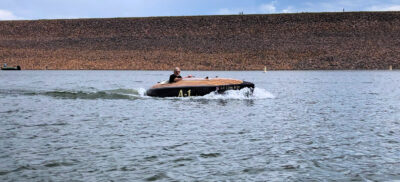

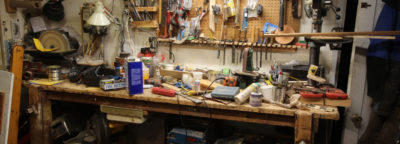
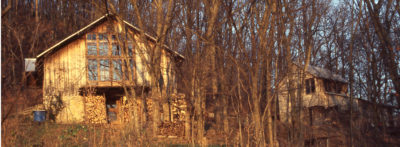
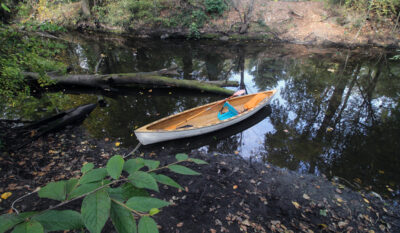
Chris, your discovery and catalogue of the Piccolo’s imperfections simply affirms the humanity of the builder.
After building seven imperfect boats and some thirty pieces of imperfect furniture, I have finally come to an imperfect accommodation with my limitations. While I haven’t quit striving for excellence and working to become a better craftsman, I’ve come to accept that the errors and imperfections are just a reflection of who I am: Not Leo Goolden, but not an inferior human either—just one with a different set of skills and priorities.
I live in a house full of furniture that I’ve built over the last fifteen years. Some of the earlier pieces are laughably amateurish. Some of the later ones are much more ambitious and stylish but still replete with (mostly) small errors. But all are functional, and I’ve chosen to keep them because together they form a kind of living graph of my experimentation and growth as a designer and builder. And as long as the trajectory points more or less upward, and the pieces do what they need to do, there’s no reason to be ashamed of them.
When someone finally inherits them, I hope he or she will come to feel the same way Chris does about the Piccolo builder. That’s tribute enough.
Chris,
A great article about the orphan canoe. Even though it is not perfect, it has stood the test of time. I bought a used tandem Folbot for two hundred bucks ten years ago. It belonged to a family who built it. It was a disaster both in design and construction. Someone had double-layered the nylon skin making it weigh a ton. To top it off, an above-the-waterline stringer was broken and was poorly repaired. One of the family commented that it was good on Colorado whitewater. Considering the boat, I doubted it. This thing would have been very frightening doing Class 3 and 4.
I tested it at a church picnic event paddling with an experienced canoeist. We both agreed it was a slug and not very maneuverable. On the positive side, it didn’t take on water and was rock solid potato boat stable. I paddled around with many church kids in the front seat. For all the perceived negatives, everyone had a ball on the water.
I decided to strip it and repair the stringer…I even had a friend, a skilled skinboat guy, ready to help me. This guy had five boats under his belt and was a superb craftsman. Looking at the whole situation, particularly the space in my shed for good boats, I knew for certain I didn’t need this thing. I offered it to my skinboat friend…he immediately refused. Eventually, I sold it as is for 75 bucks to a guy with stars in his eyes and cash in his hand. Good riddance!
Chris, you got a better deal than I did.
I can only hope somebody looks on the boats I built with such a forgiving eye. I realize that perfection is the antithesis to getting anything done. While I have built several boats since, I still have one in my basement that has laid in an unfinished state for the past 7 years.
Every so often I put it up on my build table, do a little bit, feel some frustration, and put it away till later. At age 53, I hope I finish before I am too old to use to use her.
We add imperfections on purpose, so if the boat is ever stolen and then recovered, we’ll be able to identify it. 🙂